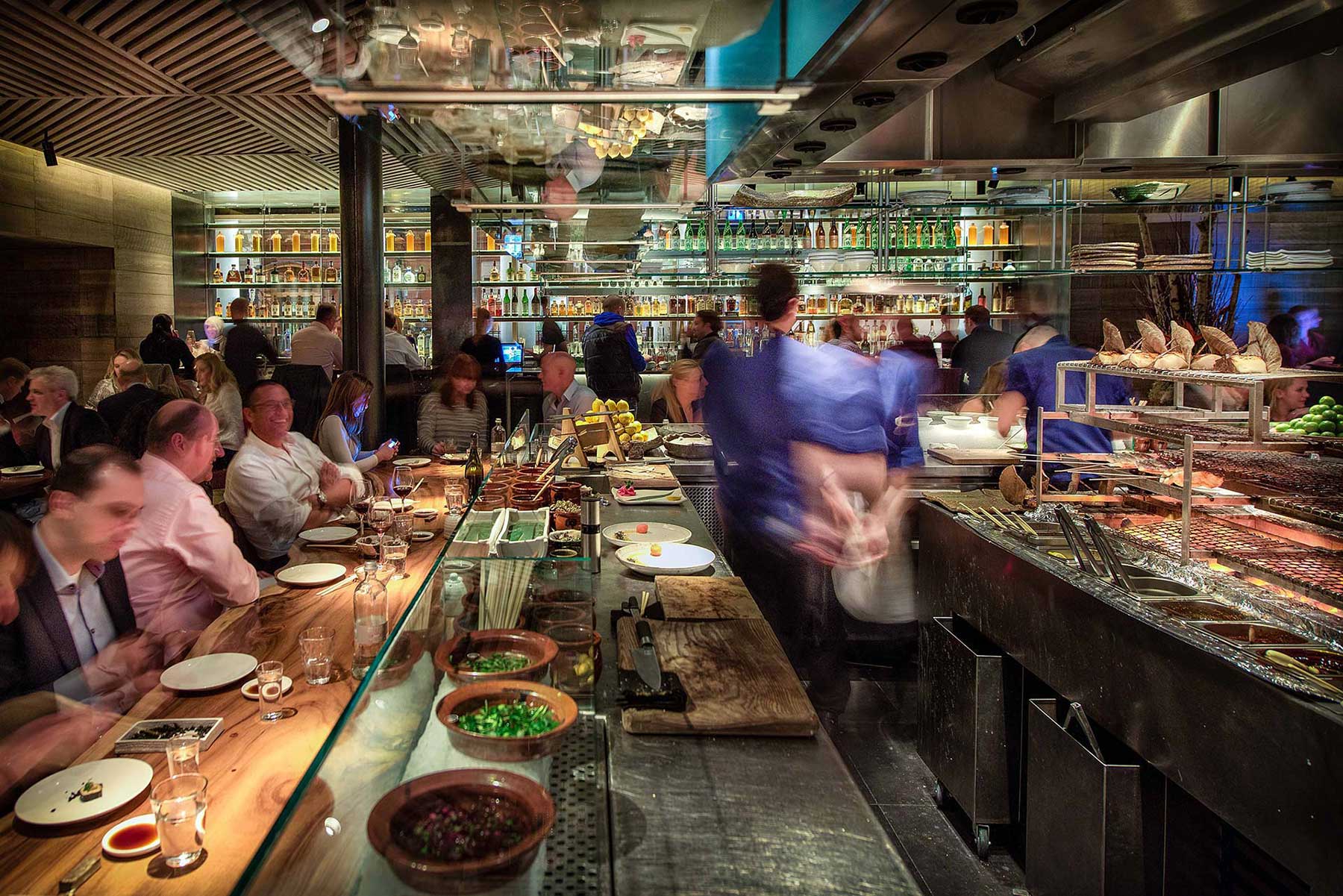Japanese wines are never going to be flying off supermarket shelves, but with an open mind and ambitious buyers and sommeliers behind them, they could have a healthy future in quality, premium restaurants willing to offer their customers something new, different and exciting.
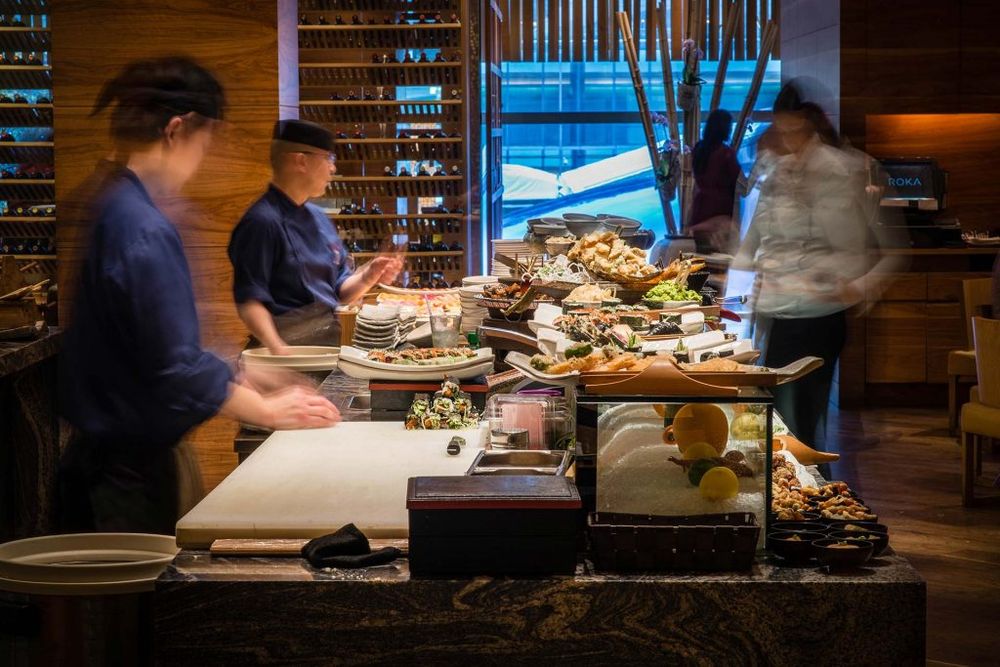
Premium Japanese restaurants like Roka are the ideal place to start taking the lead on promoting Japanese wines in the UK
Arguably the hardest challenge for any emerging wine country is to accept that they are exactly that. They might have been making wine for decades, centuries in some cases, but to the wider international wine market they are still the unknown.
It can be a better pill to swallow when your winery, particularly if it is your own family, may have been producing what you think has been quality wine for generations.
Yet try and sell those wines in one of the main wine consuming markets around the world and you are likely to get blank stares from even their most experienced wine professionals and critics, never mind the average wine drinker in a local wine store or restaurant.
Now Japan can’t look back on a wine history that stretches back centuries. But it is close to claiming at least a 100 years of making wine. Not that you would have found too many bottles of Japanese wine in any of the major cities of the world until quite recently.
You would probably still struggle to find too many Japanese wines in even some of the most prestigious Japanese restaurants, as exports have remained relatively thin on the ground.
But things are starting to change. Some of the larger Japanese wine producers have realised that they cannot rely on their domestic market, or close Asian markets, for growth. Particularly as some of their close neighbours, noticeably China, have their foot firmly down on producing many quality wines of their own.
International ambitions
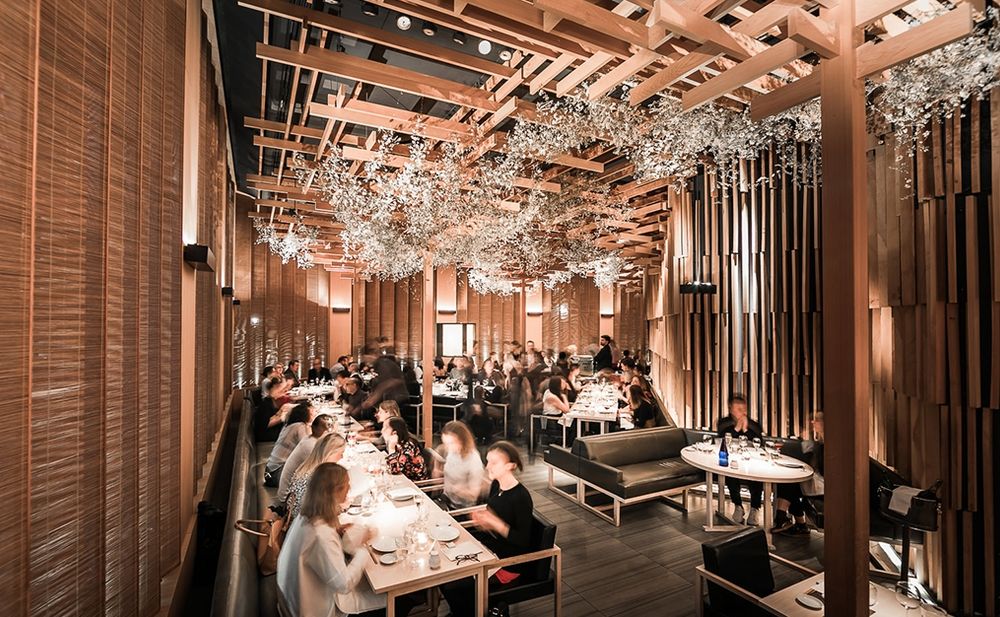
Japanese restaurants like Sake No Hana have helped create a demand for Japanese whiskies, so why not Japanese wines?
The time has come to look outwards, take a deep breath and see how well their wines can perform on the international stage. We have, for example, had a number of Japanese wine events in the UK over the last two to three years, particularly around promoting its benchmark white wine style, Koshu, and the Koshu of Japan tasting in February.
There is now an even more concerted effort to spread the net wider and showcase as many Japanese wines as possible in the international market. Wines of Japan UK is an initiative of the country’s food and drink exports body, JFOODO, to try and up the ante and get Japanese wines and its producers on the front foot.
To help they have called in the expertise of UK wine consultant, Sarah Abbott MW, who has built up a strong track record of working with a number of similarly positioned traditional winemaking countries (Turkey, Georgia) that are now looking to push and widen their exports.
She has high hopes for what Japan can achieve at the premium end of the UK on-trade. “These are wines that can lift a wine list out of the ordinary and give them more integrity,” she says.
There is no better way to get your wines in front of the trade than hosting a generic tasting and on October 23 the UK importer, merchant and restaurant sectors will get the chance to see the best that Japan can currently offer at its London tasting taking place at 67 Pall Mall on October 23 (11am-3.30pm).
Benchmarking exercise
To help benchmark and assess the best wines to put forward, as well as providing on the ground professional feedback to the producers themselves, Abbott called in two experienced restaurant buyers: Peter McCombie MW, who helps create wine lists for a wide range of restaurants and bars; and Guillem Kerambrun, group head sommelier and wine buyer for Caprice Holdings and The Birley Clubs that includes The Ivy, Scott’s, Annabelle’s and Balthazar in its group.
Abbott says it is a crucial part of helping any emerging country truly understand the needs, opportunities and challenges of working in a new market. “What you are trying to do is bring everyone together. We do this sort of benchmarking tasting so that we can feed back to the wineries where they are all collectively as a group. So we can set out their expectations from there. We are looking at everything from the quality of the wine, to the packaging, to where they might sit in the market,” she explains.
“It can sometimes be hard for one producer to look at another and see what it is that has made them a success. It’s a really important exercise to do at the beginning as it sets a base level of understanding and makes it easier for them to learn from each other and hopefully work together.”
Kerambrun is very excited about the opportunities for Japanese wine in the premium on-trade. He already lists a number across some of the restaurants and clubs within the group and is keen to take on more.
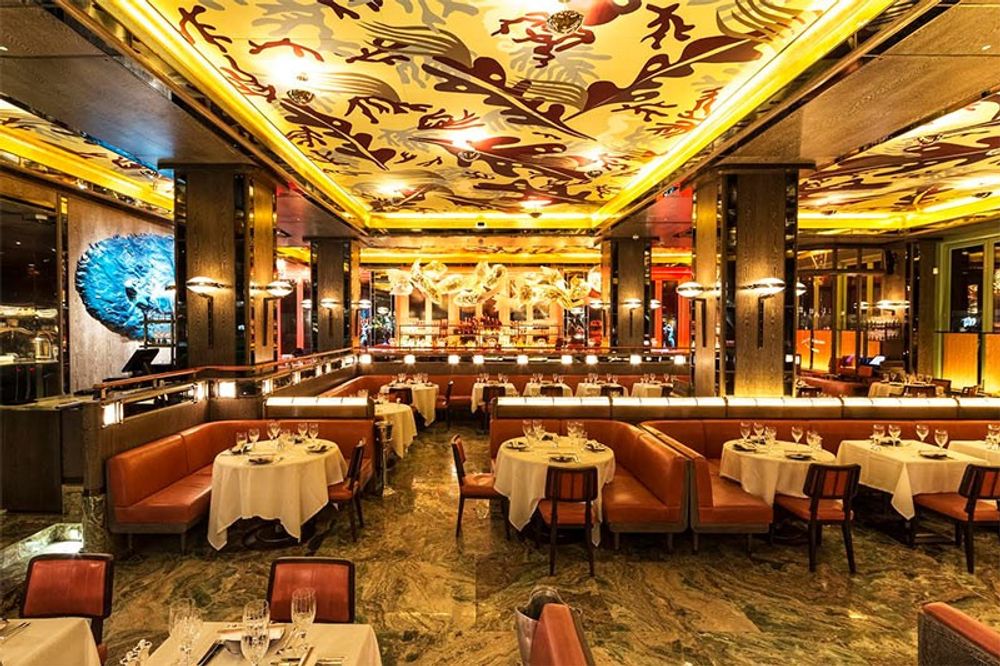
Restaurants like Sexy Fish are the ideal place to help promote Japanese wines, says Guillem Kerambrun, group head sommelier and wine buyer of Caprice Holdings Group.
For him having wine from a country with the allure, image and style of Japan can only add to the atmosphere and profile of your restaurant. “At a restaurant like Sexy Fish you have to have one or two of Japanese wines on your list. It makes so much sense. Especially in such an open minded city such as London.”
Missing out
He finds it hard to understand why the city’s most acclaimed, and awarded, Japanese restaurants are not out making the most of their country’s wines. “If you are a Japanese restaurant then you must have your own wines. It shows you are proud of what your country can produce. If the most famous Japanese restaurants started to really endorse their own wines it would really change the market,” he argues.
Kerambrun understands sommelier and restaurants might be nervous about putting a Japanese wine on their list, but says if they trial one by the glass then there is little risk. “It clearly works better if you have a sommelier motivated to sell them, but they can become part of your overall offer and what you are trying to do with your wine list. Part of your appeal.”
Abbott believes anyone who is brave enough initially to list a Japanese wine will pay the dividends. “Wine is now part of the entertainment industry. It is an experience to drink the right kind of wine in the right atmosphere. Restaurants are the theatre where that wine experience can happen. You are going into a restaurant to discover something new and you want that restaurant to offer that to you,” she explains. “It’s finding things that are new that keep people going out to restaurants.”
McCombie agrees: “As a restaurant buyer you have to listen to your customers. If your customers don’t like Alsace wines but you do, don’t pack your list out with them.”
It’s very much the approach that Kerambrun takes: “You are not making a wine list for yourself, but for your clients and to reflect the DNA of the restaurant. There is no point, for example, us having a French wine list at Daphne’s which is very much Italian and mediterranean-influenced.”
To do so requires gaining a customer’s trust, adds McCombie. “Upselling in a restaurant should not be about just selling a more expensive wine, but giving a customer a wine that is going to make them happy. Can we find you something that you have not seen before, but that we know you will like? So when that customer comes back to the restaurant they are more likely to trust your recommendation.”
Better understanding

Sarah Abbott MW and Caprice’s Guillem Kerambrun analyse the Japanese red wines for Wines of Japan annual tasting
Which is very much what the benchmarking and pre-tasting session of Japanese wines was all about. Understanding the different styles and variety within Japanese wines to be then able to identify the wines that a customer who normally drinks Sancerre, Chablis or New Zealand Sauvigon Blanc might enjoy and relate to.
It’s why Kerambrun places so much emphasis on wines by the glass. “When I first joined the group I moved our smallest glass from 175ml to 125ml. I did not change the price, but upgraded the quality of wine we were offering. We also now encourage people to buy more carafes and try different wines that way. It helps increase your sales, raise your revenues and provide a better experience.”
When exploring Japanese wines it probably makes sense to start with its most famous or iconic wine style, Koshu, a white wine that comes from thick skinned grapes, usually grown in higher altitude areas, from volcanic soils, with short growing seasons.
Kerambrun says at times Koshu reminds him of delicate Italian white wines: “They are so subtle in their flavour. Very nuanced.”
McCombie agrees: “The Koshu wines were good and more varied than I expected, some fragrant, others more textured and some rather interesting skin contact versions. The textural styles should prove really interesting with food.”
Which was a good reflection, says Abbott, of what is happening with Koshu in Japan: “There is also a lot of experimenting going on with Koshu, working with smaller yields, looking to get more texture with lees ageing and skin contact.”
Although she sees great potential for Koshu wines, it is also fair to say Japan is not going to build a successful export business just with those wines. “Not everyone wants their wine to be quite so delicate,” adds Abbott.
Good diversity

Peter McCombie believes Japan’s diversity will surprise many buyers
Which is why McCombie is pleased to see good diversity across both reds and whites. “Muscat Bailey A reds are distinctive with floral red fruit aromas and soft tannins. There were some good wines made from international varieties, which perhaps said less about ‘Japan’ but were very well made, mostly at the fresher end of the spectrum. These included Sauvignon Blanc, Chardonnay, Merlot and Cabernet Franc. I think they can find a small but good niche in the market.”
Overall Kerambrun says there are clear differences between some of the larger and smaller producers and the wines they are making. “You can see the gaps between those that are already exporting, that are just a little wiser,” he says. “I was really interested in some of the Sauvignon styles. They are lovely and balanced.”
He urges those Japanese producers keen on developing their exports to really get out into the market and build relationships and an image and profile with the right sommeliers and restaurants. “Find some good places in London that are really going to promote their wines,” he adds.
McCombie agrees: “For high level Asian restaurants it’s a no brainer. They have to have these wines.”
Abbott thinks it is about getting the balance right and not getting “stuck in an ethnic ghetto”. Which, for her, means encouraging more specialised wine importers and distributors to take on Japanese wines and really make them an exciting, new part of their portfolio as an alternative to the mainstream Japanese food wholesalers which are currently bringing in many of the Japanese wines in the market. “Restaurants need to be wooed and these wholesalers are not specialists in wine,” she adds.
Creating a demand
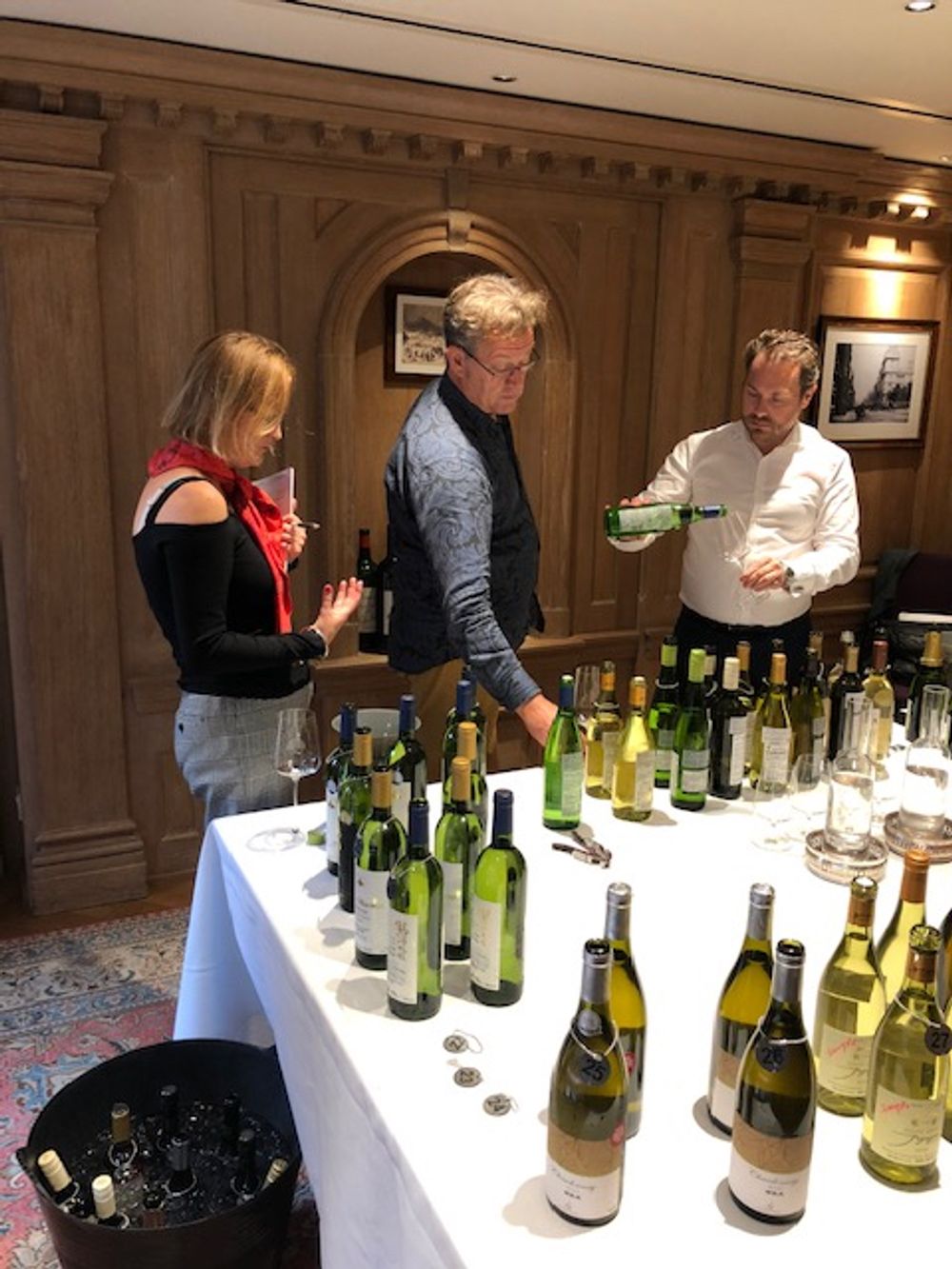
The idea of the benchmark tasting is to give Japanese producers direct feedback from influential buyers in the UK about how well their wines might do against their world competition
Kerambrun also believes some of the more premium, agenda setting restaurants can also play their part too. He says he is constantly having to encourage distributors and importers to bring in wines that he is looking to source for one of the group’s specialist restaurants .
“At Annabel’s we opened a Mexican restaurant and I just could not find a distributor with a Mexican wine. So I had to go out and encourage a supplier to get one for me. I am creating a demand for them.”
It is perhaps understandable in the current highly competitive, high cost, low profit environment that distributors and suppliers are naturally risk adverse when it comes to taking on more risky wines like those from Japan.
Which is why, agrees Abbott, so much innovation and drive is coming from restaurants and not the suppliers servicing them. “They are the ones that are closest to the consumer. They are not afraid to try new things. But to grow the market we have to work with our on-trade partners.”
It’s also why a lot of the promotional investment from JFOODO is going to go into the on-trade directly looking to provide support and training for sommeliers.
Developing a niche market
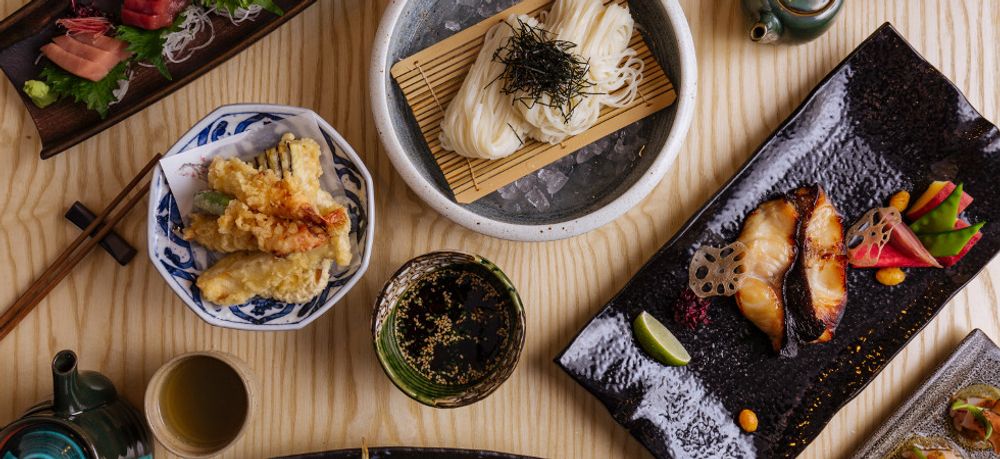
Abbott hopes Japan can break away from just being an option for premium Asian and Japanese restaurants but recognises their importance in creating an initial demand and interest in the wines
That said sales of Japanese wine are going to be fairly niche as it is still a relatively small, and emerging wine industry within Japan itself. But it is growing rapidly with a number of larger producers and co-operatives now emerging alongside smaller more boutique domaines that are only making a few thousands bottles a year from a couple of hectares.
“But the idea of exporting their wines is still relatively new idea for Japan’s wineries,” adds Abbott.
What wines it does produce will always be at the premium end of the market as there are only limited areas in the country, close to its mountains, where you can grow the grapes. “It’s all very high quality winemaking,” she says.
This month’s London tasting will also help Abbott, the producers and JFOODO get a better understanding of which wines stand out to the trade and are most likely to succeed in the UK. The idea being they can then bring in a couple of pallets of those wines to then continue the educating, tasting, and promoting work in the coming months.
McCombie backs this sustained approach rather than putting all its efforts just into a tasting. “This should continue, with regular opportunities to sample. As more wines are available they need to be promoted via by the glass schemes, being sold and sampled first as novel, then winning converts – and repeat sales – through intrinsic quality. Inevitably there will be an association with Japanese culture and cuisine, but as we have seen with sake there is an appetite for quality and authenticity in a broader range of high end restaurants,” he explains.
As well as the obvious Japanese and high end Asian restaurants McCombie also sees a future for Japanese wines in “high concept (i.e. non ethnic cuisines) restaurants” on a “case-by-case, taste basis”.
- If you would like to learn more and get the chance to taste what quality wine there is coming out of Japan, the Wines of Japan tasting takes place at 67 Pall Mall on October 23 between 11am-3.3opm. For more information and to register click on the link.
